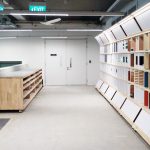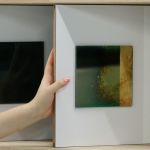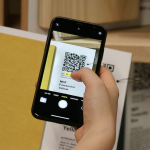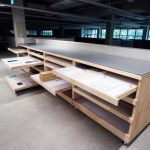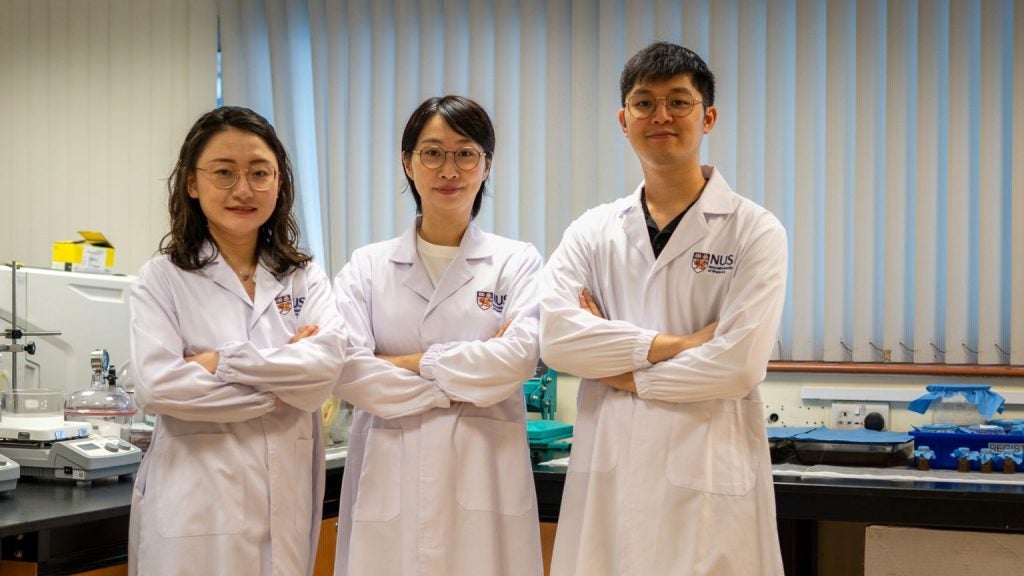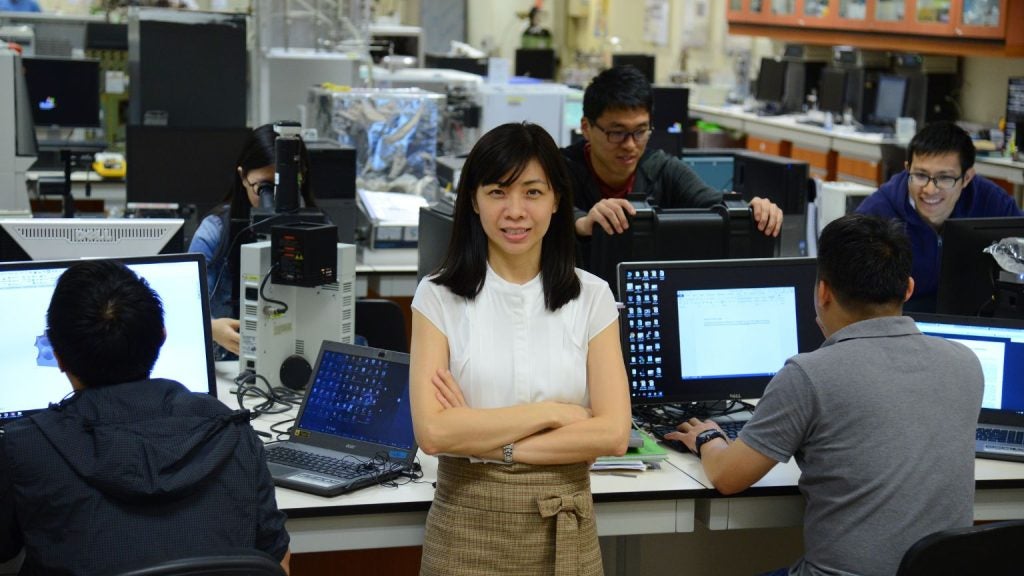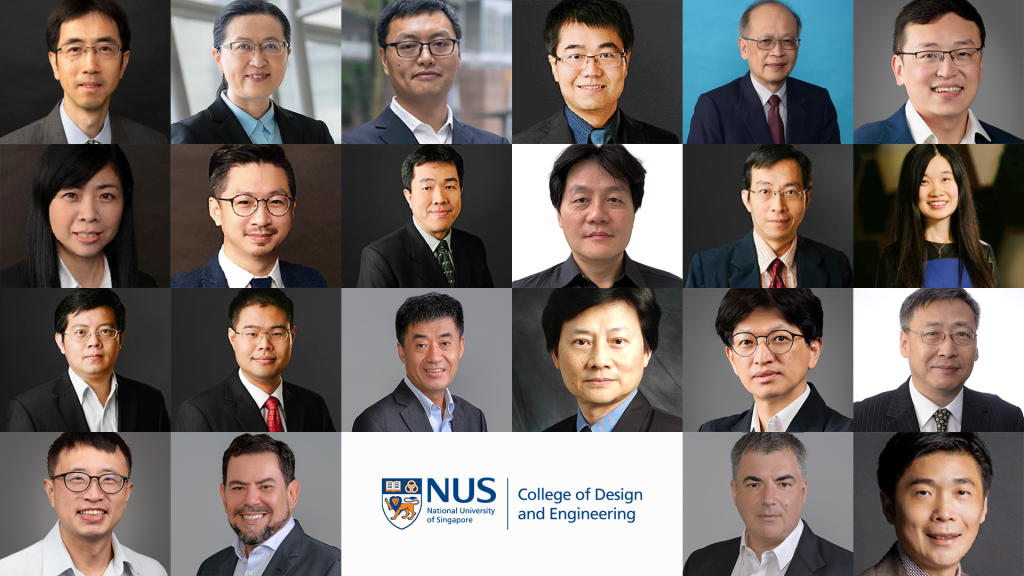
The Department of Architecture (DOA) Material Interface Experience Library (Material Interface) has been honoured with the prestigious iF DESIGN AWARD 2025, placing it amongst one of the best out of 11,000 submissions from 66 countries. The award is presented by iF International Forum Design GmbH, one of the oldest independent design institutions in the world and is a seal of quality for outstanding design and design quality.
The award was given in the User Experience (UX) discipline, under the Interior/Architecture category, and honours the innovative and outstanding design of Material Interface.
Judged by an international jury of experts consisting of 131 independent design professionals, Material Interface was recognised for its groundbreaking interface between digital and physical design environments.
Bridging Digital and Physical Design Environments
Material Interface is a hybrid gallery that features a carefully curated collection of up to 300 material samples, accessible for both physical interaction and digital engagement via QR codes. Each A4-sized sample is displayed in horizontal drawers and vertical shelves to allow for intuitive material comparison during the design process. Located between the design studios and the Fabrication Workshop at SDE3, the library functions as a key connector between conceptual design and hands-on fabrication, aiming to inspire a more holistic design process in architectural education.
Restoring Material Sensibility in a Digital Age
As digital modelling and 3D printing technologies advance, the tangible understanding of materials has increasingly diminished in architectural education. Material Interface was conceived to address this gap: restoring the essential, hands-on relationship with materials in the digital era. By integrating tactile exploration into a digitally-driven design process, it encourages students to consider the physical realities of their creative choices.
Immersive and Interactive Experience
A combination of retractable drawers and display shelves allows students to engage with samples in an immersive and tactile manner. Each shelf features an overhang at the top and a slight protrusion at the bottom, creating a rich visual and sensory encounter for users. Integrated LED lighting enhances visibility and highlights textures. Horizontal drawers accommodate heavier materials, such as steel and glass, allowing students to appreciate the physical weight and substance of each sample.
Interchangeability for Material Comparison
Each material sample is mounted on a standardised, high-quality plywood board for consistency and ease of handling. The boards are interchangeable across vertical, horizontal, and diagonal display formats. Multiple vertical samples can be pulled out side by side, enabling direct and meaningful comparison: a critical part of the design process. A retractable pull-wire lock allows students to touch and weigh the samples freely, while maintaining security without the need for staff supervision. QR codes on each board provide access to detailed digital information or sponsor websites.
Seamless Integration of Digital Information
Material Interface achieves a seamless integration between digital and physical platforms. Situated between the design studio and the fabrication workshop, the interface enhances the educational workflow by pairing physical interaction with digital access. Students can touch, feel, and weigh the material samples while simultaneously exploring related information online with QR codes, enabling a spontaneous and enriched design process.
Sustainable Design Using Renewable Tropical Timber
The library is constructed from rubberwood, a renewable tropical hardwood harvested after its latex production cycle of 25–30 years. This dual-purpose lifecycle yields both latex and usable timber, making it an environmentally responsible material widely used in Southeast Asia. Each sample in the library is envisioned to include data on carbon footprint and material origin, fostering sustainability awareness in architectural education and encouraging responsible design thinking.
For more information, please visit:
https://ifdesign.com/en/winner-ranking/project/material-interface/681880
DOA Design Fabrication Workshop Material Library
https://cde.nus.edu.sg/arch/design-fabrication-workshop/material-library/
DOA SkyTimber Design Lab
https://www.skytimber.org



